The Promontory, a large, flexible, shiny new performance hall in Chicago’s upswinging Hyde Park neighborhood (home to the Obamas) opened for music last weekend with the South Side Big Band, directed by veteran composer/arranger Tom Tom Washington. It’s an audacious attempt to restart commercial entertainment in an area that for decades has mostly been served by University of Chicago events. It’s also a test of the city’s South Side/North Side  (read: black/white) divide.
For the musical launch (The Promontory restaurant has been open for a month) an estimated multi-racial 500 patrons sat at tables, milled about the bar and gathered on a balcony terrace. Washington, who earned his spurs as a composer-arranger for mostly jazz/soul/r&b talents including Earth, Wind and Fire starting in the ’60s, conducted players known from 50 years of locally based ensembles and studio sessions, as well as blues-oriented guests, most notably singer Maggie Brown (who performs a tribute to her late father, Oscar Brown Jr., tomorrow at north suburban Ravinia. In the night’s first set, the repertoire included the theme song of late local radio show host Daddy-O Daylie (was it “Midnight Sun”?),  “My Funny Valentine,” “Don’t Go To Strangers” and “Moody’s Mood for Love” — standards especially beloved by South Side audiences of a certain age.
The new establishment is owned and operated by principals who also run Space in north suburban Evanston, the North Side’s the Empty Bottle and  Thalia Hall in near-South Side Pilsen (known for its Mexican community).  Chicagoans are rather proprietary about their immediate cultural surroundings, as seems to be unfortunately natural for a city with such a history of segregation. Though you can drive pretty much from one end of Chicago to another — approximately 27 miles — in 40 minutes if the traffic is light, only hardcore fans go across town for their jollies. Too bad, because there’s a lot of good stuff all over.
Decades back the South Side was home to famous venues including the High Chaparral, Roberts Show Lounge, the Regal Theater and Grand Terrace Ballroom (also corner blues taverns such as Theresa’s, the Checkerboard and Pepper’s). They’re all gone now. In 2012 U of C opened its Logan Center for the Arts, and before that it hosted high level and long-running student activities such as an annual folk music festival, Court Theatre (my parents introduced little me to Shakespeare there) and concerts like early ones by members of the AACM. But the U of C is virtually an integrated island on the greater South Side, where performances in small watering holes such as City Life and the Fifty Yard Line are typically visited by outsiders during the August Jazz Club Tour sponsored by the Jazz Institute of Chicago (Aug. 27, preceding the 36th annual Chicago Jazz Festival).
The South Side Big Band has been convened as an antidote to all that. Washington called it together in 2010 as much for rehearsals as performances,which he explains in a video produced by the Chicago Sun Times.
The SSBB is obviously a collective labor of love, akin to the self-empowering strategies of such Chicago musical institutions as Orbert Davis’ Chicago Jazz Philharmonic, the AACM and even earlier, Sun Ra’s Arkestra. Participants consider it an investment in the cultural education of new generations of the predominantly black community.
With soloists including local heroes like tenor saxophonist Gene Barge and trumpeter Pharez Whitted, plus  turns by singer Otis Clay, guitarist Ronnie Baker Brooks and the effervescent Ms. Brown, the SSBB
offers musical substance. Whether it’s got the style to attract young people to whom the term “South Side” probably calls up Common (who’s just downsized and relocated his September Aahh Festival), Kanye West and R. Kelly rather than Nat “King” Cole, Dinah Washington and Muddy Waters remains to be seen. Same goes for The Promontory (named for a nearby jutting of rocks into Lake Michigan). One Chicago jazz presenter who’s had some cross-boundary success predicted, “It won’t last. It’s Northsiders who don’t know anything about the South Side.” Give them credit for knowing enough to start off with the revered home team.
[PS. — All ownership and rights related to the photographs in this blog post remain with Bruce Williams. Limited license has been provided for posting these photographs on the blog Jazz Beyond Jazz.  Any other use of these images by any party requires express permission from Bruce Williams, bruce_williams
Subscribe by Email |
Subscribe by RSS |
Follow on Twitter
[contextly_auto_sidebar id=”FEvItD9vQ9yClVj6y87Tp8kWP34vxC0G”]

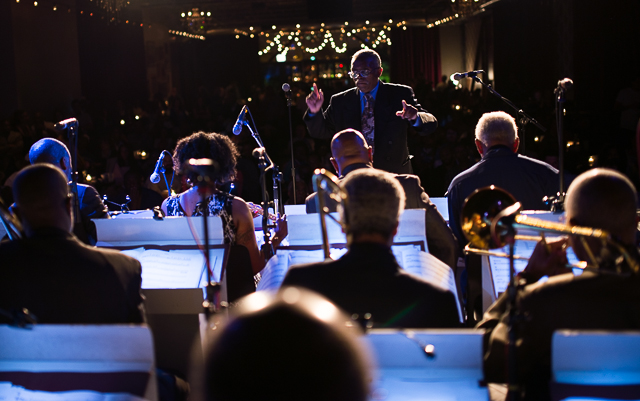
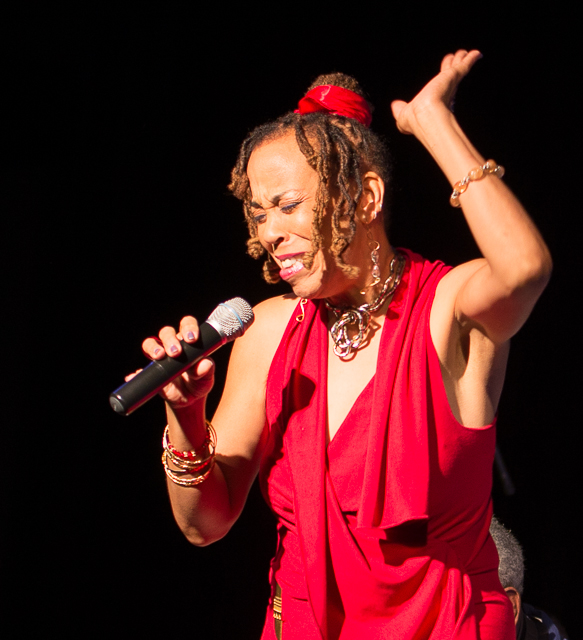
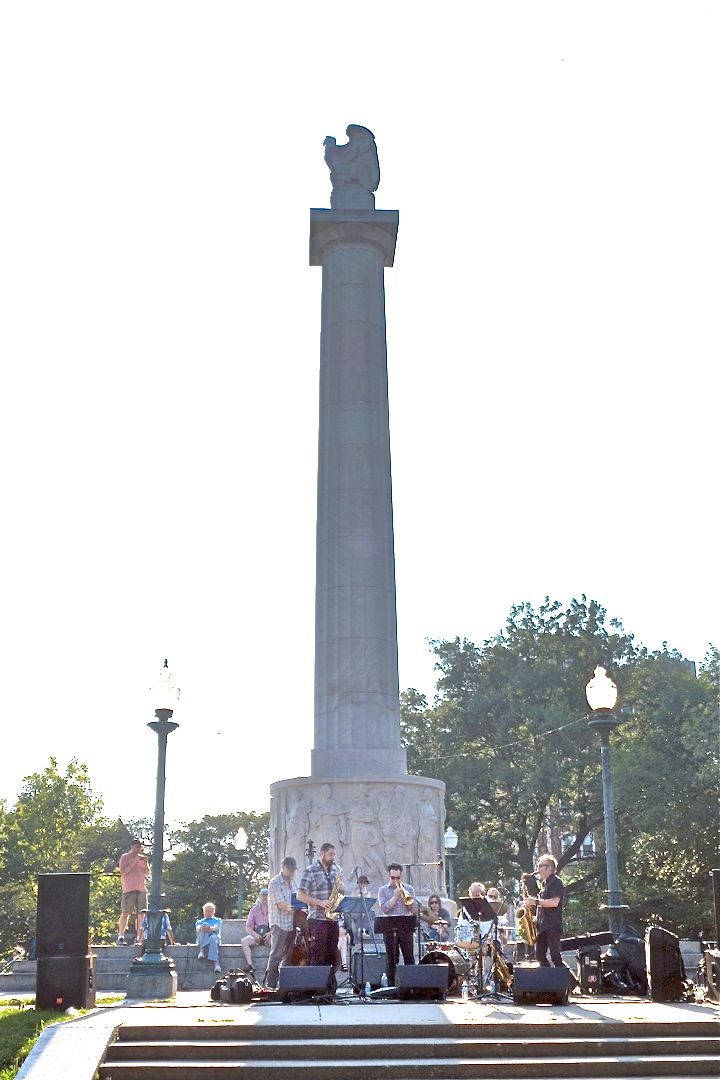
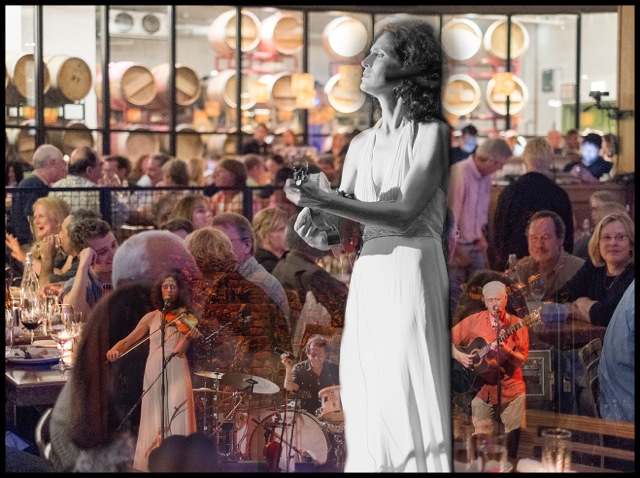
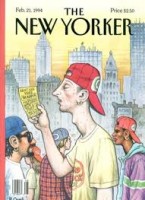
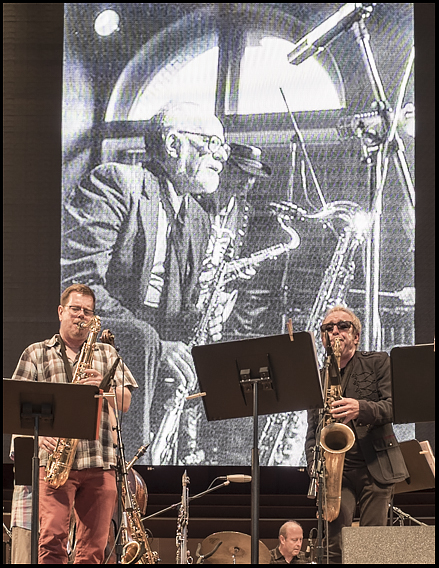

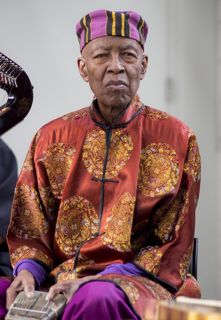

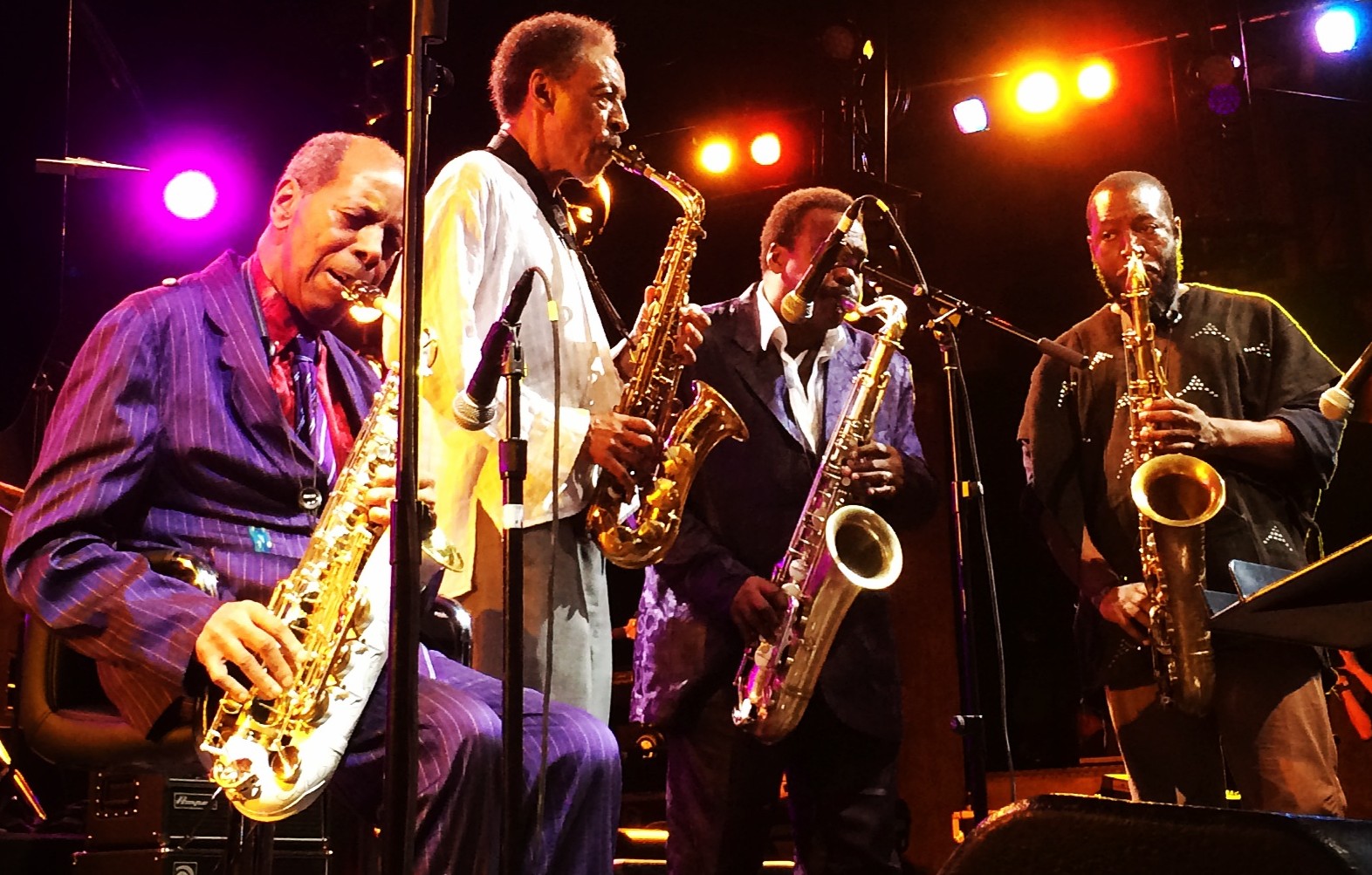
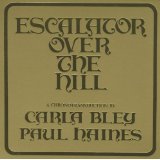 da Ronstadt, Jack Bruce, Sheila Jordan, Don Preston, Leroy Jenkins, et al)). Since then she’s independently produced  many fine, quirky albums with small groups and large, most recently
da Ronstadt, Jack Bruce, Sheila Jordan, Don Preston, Leroy Jenkins, et al)). Since then she’s independently produced  many fine, quirky albums with small groups and large, most recently 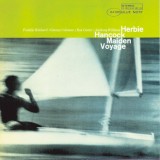
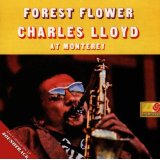
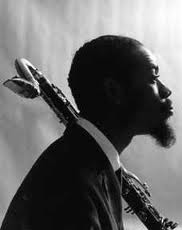
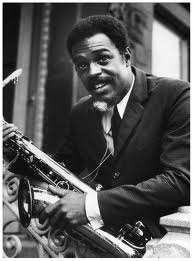
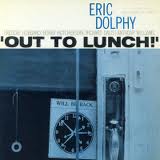
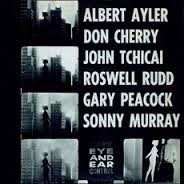
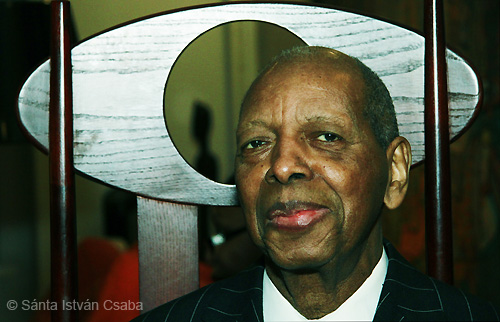
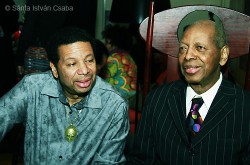
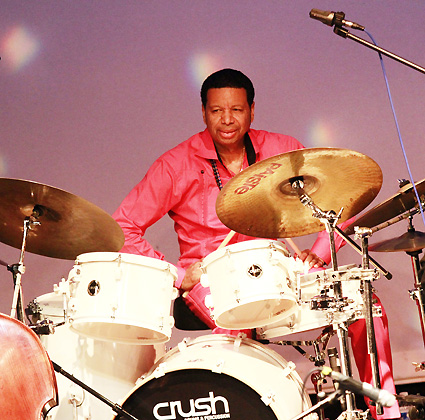
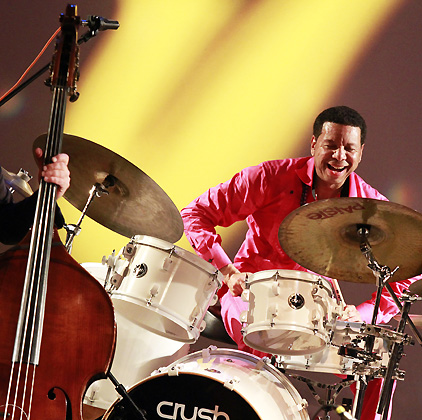
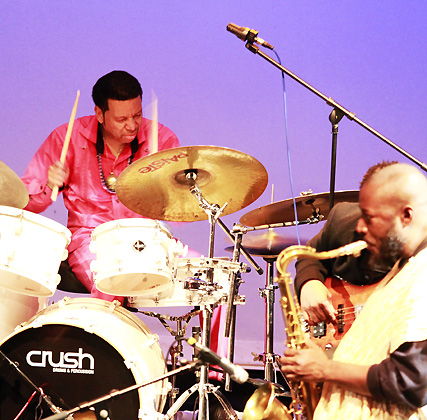
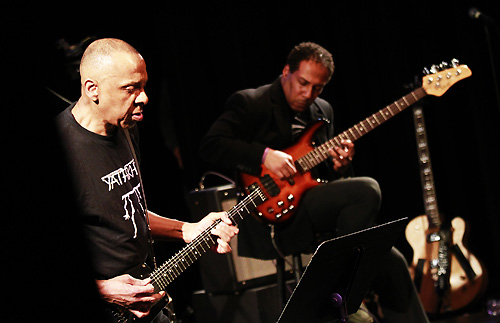
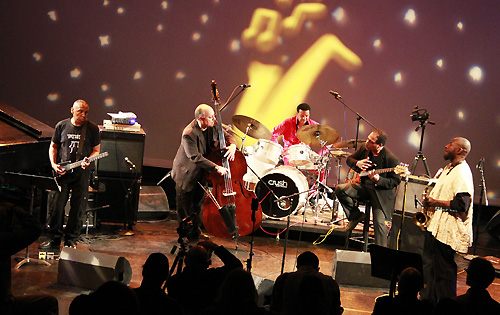
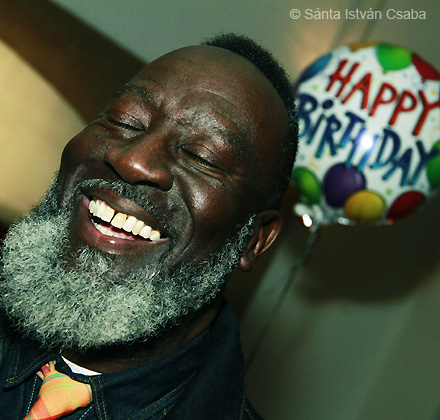
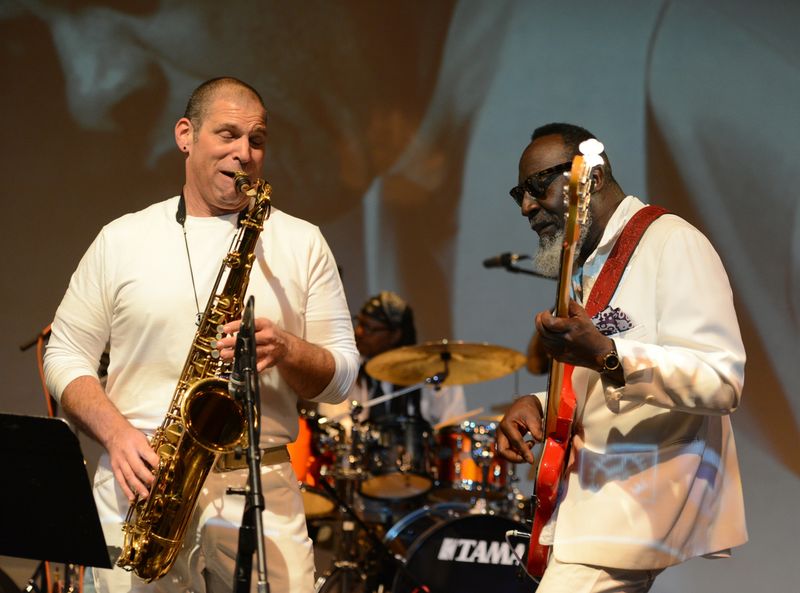
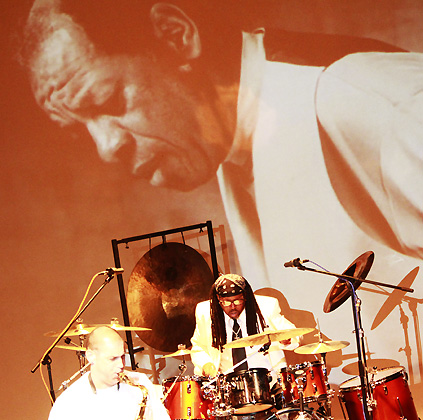 Of the highlights: Asha Puhtli, the remarkable Indian-emigre diva who indelibly committed two of Ornette’s most ravishing songs on his album Science Fiction in 1971, crooned
Of the highlights: Asha Puhtli, the remarkable Indian-emigre diva who indelibly committed two of Ornette’s most ravishing songs on his album Science Fiction in 1971, crooned